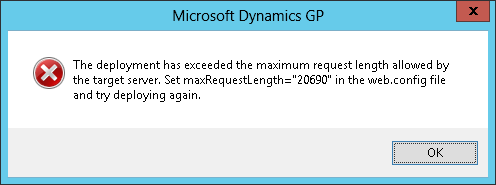 Microsoft Dynamics GP 2018 RTM has now been released. In this series of posts, I will be stepping through the installation of Microsoft Dynamics GP and additional products and then will move on to taking a look at the new functionality which has been introduced.
Microsoft Dynamics GP 2018 RTM has now been released. In this series of posts, I will be stepping through the installation of Microsoft Dynamics GP and additional products and then will move on to taking a look at the new functionality which has been introduced.
The series index for this series of posts is here and will automatically update as posts go live.
Before Microsoft Dynamics GP 2018 RTM, or any of the related additional products, can be installed there is one prerequisite which cannot be handled by the installer process. This is the .NET Framework 3.5 feature which is installed using the Add Roles and Features Wizard available via Server Manager on Windows Server or using Turn Windows features on or off accessible via Program and Features on Windows.
If the PC or server you’re planning to install Microsoft Dynamics GP 2018 RTM onto has an Internet connection, then the .NET can be installed simply by using the wizard. However, if, for whatever reason, you don’t have an Internet connection available, the install process isn’t quite that smooth.
On both server and PC you can do an offline install and I have blogged about this previously:
Both of the above posts were for previous versions of Windows, but both are still relevant for the later versions.








